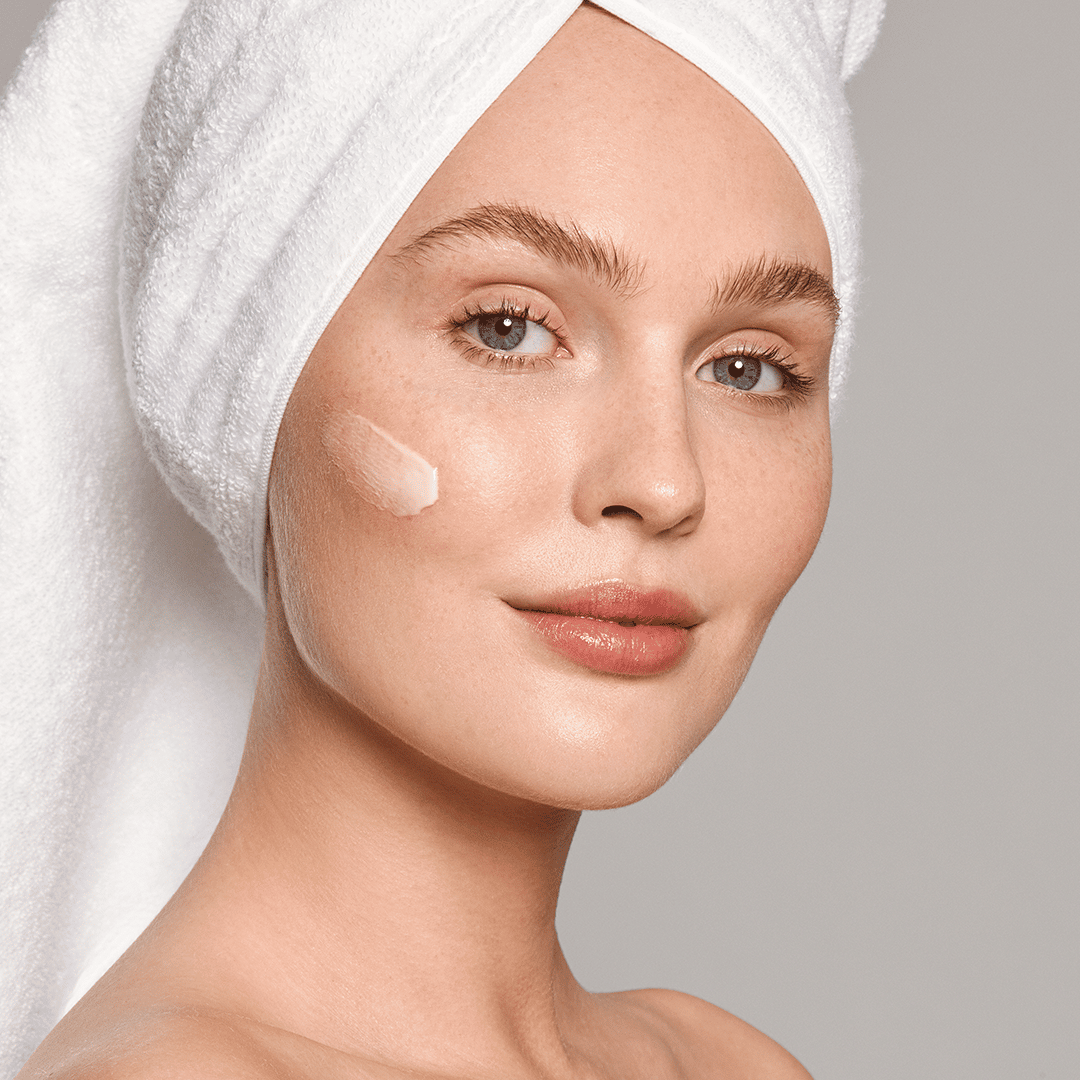Antioxidants Are the Fruit Smoothie for Your Skin
What is an Antioxidant?
Antioxidant is a term that you have seen in magazine articles, product benefit descriptions and diet advice. But what does it mean? First, you need to know about oxidation. The most common result of oxidation is rust. It is a spontaneous and natural reaction where molecule loses an electron and becomes a free radical.
Why Do We Need Antioxidants?
Free radicals want to find that missing electron, and they take it from wherever they find it. Therefore, we need antioxidants. Antioxidant molecules give an available free electron to the free radical. This way, antioxidants help stabilise the free radicals and help to minimise the harmful effect of stealing electrons to our body.
Antioxidants are our Skin’s Defences
Free radicals are everywhere, in nature, in our bodies and in our skin. Our skin has a natural antioxidant defence system that protects it from the free radical actions. But if those reserves of antioxidant run out, the skin is no longer protected.
What can you do about the free radicals, or the so called oxidative stress?
You can counteract the harmful effects of free radicals for the body and skin by providing your system with vitamins and other antioxidants.

The Healthy Cocktail of Beauty In & Out
Now that you know what free radicals are and how to reduce their negative effect on your skin with antioxidants, you can apply the information for your own wellbeing.
Beauty and Health from In & Out
- Eat colourful fruits and veggies daily
- Supporting your body’s specific needs with supplements
- Drinking a good amount of water every day
- Make sure you get enough vitamin D for your immune defence
- Be as active as you can with gentle exercise
- Remember to get enough beauty sleep.
Discover the Amazing Ingredients We Use
Our skincare products are packed with powerful plant extracts and antioxidants. Each product is designed to help your skin to look and feel its best. If you want to know more about the ingredients like fermented pomegranate, sea buckthorn, and many others, click the ingredient for more details.
Did You Know?
Our skin produces Vitamin D: Sun’s ultraviolet B radiation (UVB) activates the vitamin D production. On a sunny day, your skin produces more vitamin D than during a cloudy day. Your skin can’t produce vitamin D through the window as the glass prevents UVB rays from reaching you.
Vitamin C has a surprising effect on under arm odour, as it minimises the growth of odour causing bacteria.
Oil Soluble Vitamins
Vitamin E is called a staple ingredient. We find it for example, in olive and sunflower oil. Vitamin E protects our skin cells from free radicals breaking down cell membranes. Protecting the cell membranes, slow down the ageing of the skin, and preserve the skin’s natural barrier function.
Vitamin A comes from both animal and plant sources. In plants, vitamin A comes from colourful fruits and vegetables that provide the carotenoids that convert to vitamin A. The other name for Vitamin A is retinol. That’s why you read and hear so much about it. Retinol has the power to aid the skin cell development, thus reducing the signs of ageing in the skin. This helps to increase the collagen and elastin content of the skin, which means fewer visible lines and wrinkles and makes the skin feel more firm and youthful.
Water Soluble Vitamins
We all know vitamin C, a powerful antioxidant which is very good for us and our immune defence. In skin care products, vitamin C is used to help lighten the skin, help with acne, and enhance collagen production for a firmer skin.
Vitamin B3, or niacinamide, helps to keep the skin more even toned and lighter in colour and controls the sebum production. It’s a great vitamin to protect the skin from pollution particles.
Other Antioxidants
Another important antioxidant group is polyphenols. They are micronutrients that naturally occur in fruits, berries, herbs, spices, and vegetables. You might have heard from Flavonoids, which are also polyphenols, and account for 60% of all polyphenols.
